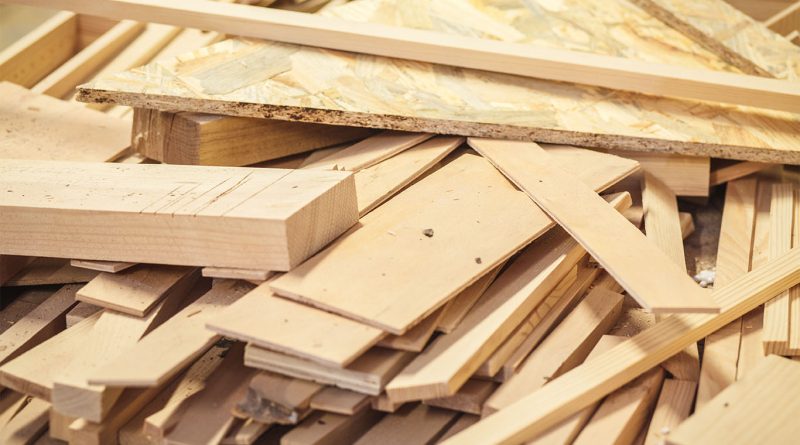Burying wood waste underground: A path to net-zero emissions
Subscribe to our free newsletter today to keep up to date with the latest renewable energy news.
As the world races to curb rising temperatures, attention is shifting to innovative carbon sequestration strategies. Beyond high-tech carbon capture facilities and renewable energy investments, researchers are now spotlighting an overlooked solution: burying wood waste underground. This method, if scaled effectively, could become a cost-effective pathway to achieving net-zero emissions targets for the global timber and forestry sectors.
The science behind wood waste burial
Trees naturally absorb carbon dioxide during growth, storing carbon in their wood fibers for decades. Traditionally, when wood waste decomposes or is burned, that stored carbon is released back into the atmosphere, contributing to greenhouse gas levels. Burying wood waste interrupts this cycle. By sealing timber residues deep underground in low-oxygen conditions, the carbon remains trapped for centuries rather than re-entering the atmosphere.
Studies indicate that burial sites need to be carefully chosen to prevent decomposition. Dry, oxygen-poor environments, such as old mines or engineered burial pits, can limit microbial activity. Research from Australia’s University of Tasmania suggests that if managed correctly, wood burial could store billions of tons of carbon annually, rivaling the output of industrial carbon capture plants.
Research findings and potential impact
Recent studies demonstrate the potential of underground wood burial to remove significant amounts of carbon dioxide from the atmosphere at a fraction of the cost of many engineered solutions. According to the study highlighted by Wood Central, timber waste burial could offset up to 10 percent of current annual global emissions if widely implemented. Compared to energy-intensive biochar production or combustion-based biomass energy, burial offers a lower-energy approach that locks carbon away instead of circulating it.
Additionally, burial can supplement existing forestry and land management practices. It provides an alternative to burning or mulching forestry residues, both of which release carbon back into the air. Long-term, if integrated with sustainable harvesting, this practice could help timber companies and governments meet carbon reduction commitments more rapidly.
Practical applications and considerations
For wood waste burial to reach scale, logistical and economic factors must be addressed. Suitable burial sites must be identified, waste must be transported, and long-term monitoring is required to ensure the buried wood remains stable. Countries with abundant forestry resources and suitable geology, such as Canada and Australia, are well positioned to explore pilot projects.
Moreover, the practice aligns with circular economy principles when paired with sustainable forestry management. In urban areas, construction waste and demolition timber could also be diverted from landfills and incorporated into controlled burial programs. Compared with landfill disposal, planned burial ensures that wood waste remains undisturbed and carbon stays locked away.
Challenges and future research
While promising, underground wood burial is not without its uncertainties. Potential impacts on groundwater, soil quality and local ecosystems must be studied further. Researchers emphasize the importance of designing burial sites that prevent methane emissions, which could undermine the climate benefits if not managed.
Future research must also address the costs relative to other carbon removal technologies and identify policy frameworks to incentivize adoption. Clear standards, monitoring protocols and carbon accounting rules will be essential to unlock investments and earn the trust of stakeholders.
The urgency of the climate crisis demands both high-tech and low-tech solutions. Burying wood waste underground may not replace industrial carbon capture, but it can complement it as part of a diverse portfolio of strategies. For timber producers, policymakers and environmental planners, this method offers a practical, scalable tool that turns forestry byproducts into a climate asset instead of a liability.
Sources:
